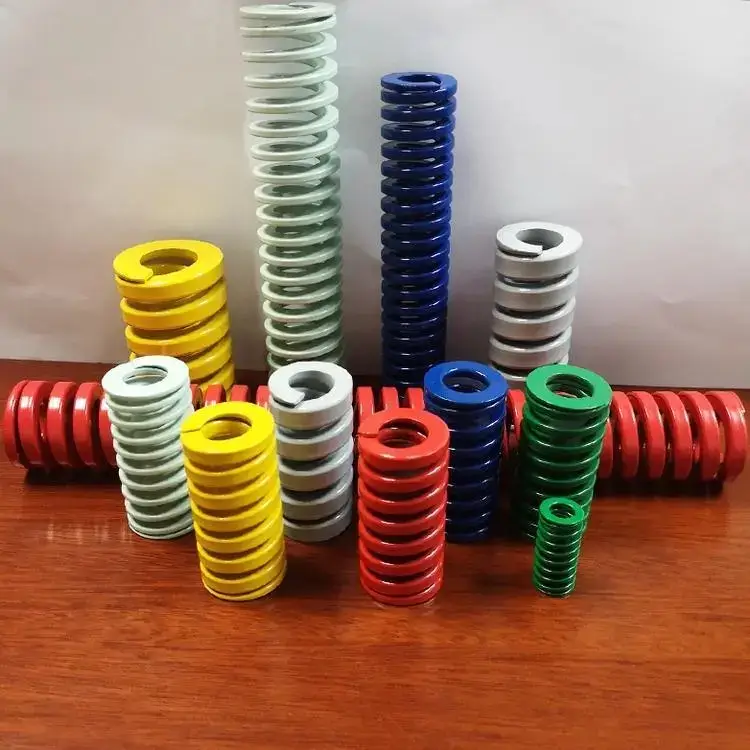Manufacturer Shares the Design Principles of Nitrogen Gas Springs for Dies
Nitrogen gas springs are a type of spring that use nitrogen gas as the working medium. They are widely used in the industrial field, especially in the mold industry, where they can provide elastic pressure for various mold actions, such as ejection, return, cushioning, stripping, etc. However, in order to ensure their normal work and performance, they also need to follow some design principles. So, what are the design principles of nitrogen gas springs for dies? This article will introduce you to the following aspects.
Table of contents
The Working Process and State Equation of Nitrogen Gas Springs
The working process of nitrogen gas springs can be approximated as an isothermal expansion and compression process, which means that the temperature of the gas remains constant. Therefore, they must follow the Boyle-Mariotte gas state equation, which states that PV/T=C, where P is the pressure, V is the volume, T is the temperature and C is a constant. This also means that P1×V1=P2×V2, where P1 and V1 are the initial pressure and volume, and P2 and V2 are the final pressure and volume.
The Key Technologies of Structural Design
The structural design and sealing technology are the key technologies for the success or failure of nitrogen gas springs. According to the current domestic and foreign products, the structure of nitrogen gas springs can be divided into two major types: piston type and plunger type. They can use single-chamber or multi-chamber gas chamber structures, and most of them adopt back-pressure structures. From a holistic perspective, nitrogen gas springs can be divided into two major types: independent and non-independent. The structure of the movable part and the non-movable part, the inflation and distribution structure and form are all related to the manufacturing process technology, and to the application of new materials, new processes and new technologies. The degree of application of these new technologies will directly affect the technical performance indicators and quality level of nitrogen gas springs. In this sense, nitrogen gas springs are also a product that integrates various new technologies.
The Complexity of Gas Sealing Technology
Gas sealing technology is a complex work, and sealing high-pressure gas is even more complex. High-pressure gas not only needs to be well sealed for a long time, but also needs to work cyclically under this pressure. Sometimes its pressure ratio can reach 1.6-2.0. Therefore, sealing high-pressure gas is much more difficult than sealing high-pressure liquid. It is a comprehensive technology that involves many aspects, such as sealing structure form, static sealing and dynamic sealing path and form, movement part manufacturing accuracy, surface roughness, surface treatment technology, sealing material selection, sealing reliability and life span.



